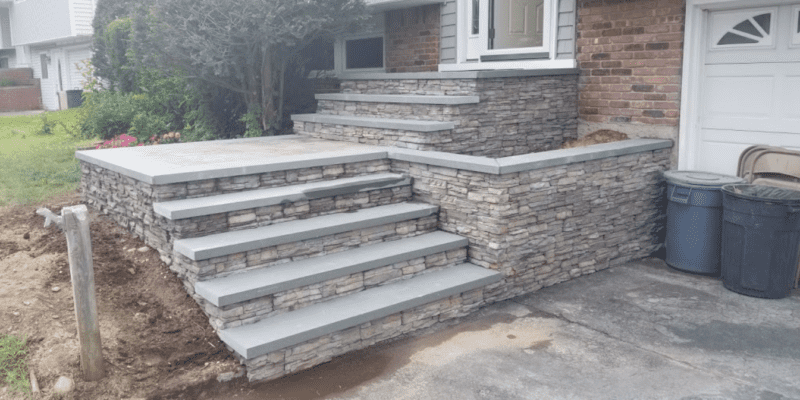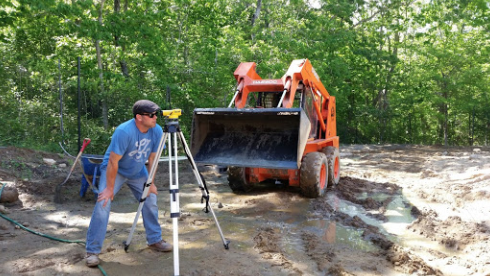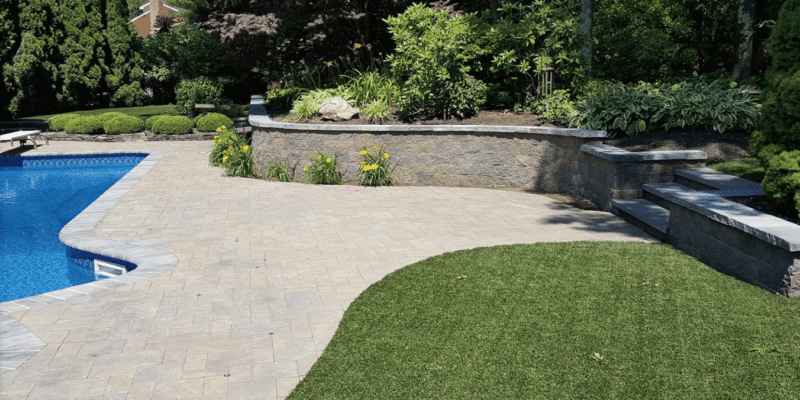Brick masonry is an enduring and classic construction technique that dates back thousands of years. This versatile and attractive building method has been used for countless structures, from small garden walls to grand historical landmarks. Legacy Brick & Stone has put together this comprehensive guide to help you make the best decision since we recognize the importance of selecting the right type of masonry for your project. We’ll go through the many types of brick masonry, how they’re used, and the benefits each one provides in this blog post.
Solid Brick Masonry
Solid brick masonry is the most traditional and widely used form of brickwork. It consists of laying bricks in a specific pattern, with mortar binding them together. This type of masonry is renowned for its power, toughness, and superior insulating qualities. Solid brick masonry can be used in residential and commercial buildings for various purposes, including load-bearing walls, exterior walls, and aesthetic components.
Hollow Brick Masonry
Hollow brick masonry, as the name suggests, uses hollow bricks to create a lighter and more energy-efficient structure. In addition, these bricks contain small cavities that reduce their weight and provide better insulation. As a result, hollow brick masonry is ideal for non-load-bearing walls, partition walls, and exterior façades. This type of masonry is also famous for its cost-effectiveness and environmental benefits, as it requires fewer materials and energy to produce.
Reinforced Brick Masonry
Reinforced brick masonry is a specialized technique that incorporates steel reinforcement bars (rebars) within the brickwork to increase its structural integrity and resistance to lateral forces, such as earthquakes or high winds. This type of masonry is commonly used for load-bearing walls in earthquake-prone regions, providing additional strength and stability for larger structures. Reinforced brick masonry is also used for columns, beams, and retaining walls where additional support is required.
Brick Veneer Masonry
Brick veneer masonry is a decorative and protective surface layer made of bricks, typically applied to the exterior of a building. This type of masonry is not load-bearing but provides the appearance of traditional brickwork without the weight and cost. Brick veneer is often used for residential and commercial buildings to improve aesthetics, protect against weather damage, and provide additional insulation. Because of its versatility, brick veneer can be combined with different building materials like steel or wood framing.
Composite Brick Masonry
Composite brick masonry combines two or more types of bricks or materials to create a unique and visually appealing structure. This type of masonry is ideal for architectural features, such as arches, columns, and decorative accents. Composite brick masonry can also enhance the structural performance of a building by utilizing the strengths of different materials, such as combining solid and hollow bricks to create a more energy-efficient wall.
Final Remarks
Due to its toughness, adaptability, and aesthetic appeal, brick masonry has withstood the test of time. By understanding the different types of brick masonry and their uses, you can select the ideal option for your building project. At Legacy Brick and Stone, our team of skilled masons is dedicated to providing you with the highest quality masonry work to ensure your beautiful and long-lasting project. Contact us today to discuss your masonry needs, and let us help you create a lasting legacy.





